|
I woke up yesterday to discover the black cucumber has grown a lot of hair overnight. I don't think it really suits him really, lol. This is what this species likes to do when away from the rockwork, he'll find whatever is available and make his way underneath it. Then he'll spend the next few days working through the sand in the near vicinity before heading back to the rocks again. In this particular instance it's kind of annoying as he's 'eaten' the sand underneath the Heliofungia and pooped it out the behind the coral so the Helio has somehow slid forward and is now squished right up against the front glass. Once the cucumber moves on I'll have to move the coral back once more.
I have also noticed that over the last year or so there is generally less sand lying around the rockwork than there was to begin with. This is because a both cucumbers eat up the surrounding sand and deposit it in piles in caves under the rocks. It is nice clean sand though. ;o)
0 Comments
For months during lockdown I didn't add any new livestock because trips to the LFS were out of the question plus I was happy to just let the tank mature, but when the pandemic showed no signs of ending I turned to online suppliers for potential new livestock acquisitions.
I have always had this crazy idea of keeping a sea cucumber but whenever I've considered it in the past I have reminded myself of the 'cuke nuke' horror stories and avoided them (when stressed a cucumber expels its Cuvierian tubules and/or holothurian toxin which can poison an aquarium in short order). I guess the state of the sand brought it to the forefront of my mind again as cucumbers are supposed to be the ultimate sand cleaners. I researched for the 'safest' species and came up with the rather attractive and really rather cool looking Tigertail cucumber (Holothuria hilla). From what I understand this species is the least likely to cause a tank wipeout. I don't know if it was lockdown induced cabin fever or a moment of wine fuelled temporary insanity because I found myself ordering a small Tigertail cucumber online. When it arrived I checked it out quite thoroughly in the bag. It was approximately the size of a thick cut sausage and seemed to be in good health with no rips or tears in the body plus the bag water was nice and clear so it didn't look like it had expelled anything nasty during transit. After an extended drip acclimation period I (rather nervously) added it to the tank. It ended up upside down on the sand but was able to right itself which is a good sign. After that it slowly made its way into the rockwork, by the next day it had completely vanished and no amount of peeking in caves and under rocks could tip me off to its location. In the subsequent days I checked for the cucumber and/or any evidence of cucumber feeding (i.e. sand pellets) but I found nothing at all, not even a tiny peek of mottled brown spiny skin. I began to fear I'd not acclimated it correctly and it had passed on, at least the fish were still OK so that was something. Finally after almost 2 weeks I spotted a brief glimpse of Mr Fantastic, as the cucumber is now known, lurking in the Rainford's goby cave on the right-hand side of the tank. This was right next to where I'd introduced him so he'd not moved much at all in the since introduction. I kept checking every evening after lights out to see if he poked his head out from the rocks to feed but no glimpses at all. Either he was sickly or he was finding so much food inside that cave that he didn't need to move around. A month passed by and he finally appeared out of that cave for a whole day (in another cave to the right of the original) this time I could see him making little sand pellets. Yesss! After that he vanished again for another month before appearing very briefly under the rocks to the left of the first cave. Clearly he's just working his way around that small area. He could be starving for all I know but I'm assuming he's finding plenty of food to keep him going. My hope of him helping to improve the look of the sand has certainly been dashed for the time being. It's been almost 3 months and he's yet to poke his head out from under the rocks, lol. I'm afraid I don't have any photos to show of Mr Fantastic with one exception and it's so bad that you can hardly tell it's really a cucumber at all. You'll just have to take my word for it. Where to begin? In my last update I mentioned the sand had started to look a bit green and generally manky looking (scientific term, lol). At the start of August I noticed a patch of sand at the back of the tank had developed a suspicious brown look to it. It didn't look quite like diatoms and warning bells were ringing so I dusted off the microscope for a closer look. This is how the sand looked at the back... ...and this is what I saw under the microscope: So yeah it was dinoflagellates but not a species I had encountered before, this was large cell Amphidinium. Apparently this species is not toxic to livestock but can be much harder to get rid of. The best way to tackle it is to outcompete it by encouraging the growth of diatoms, to do that you have to raise the silicate level so I ordered myself a bottle of Brightwell's SpongExcel. I have since found that this is not the cheapest approach as it's not very concentrated, Waterglass is much most cost effective but at least it would get me started. Apart from the dinos making the tank look dirty nothing seemed to be suffering or dying so I took my time with the dosing, starting off slowly. It's pretty hard to test silica levels with home kits, Hanna do make one but it's aimed at freshwater and doesn't work well for saltwater so I didn't see the point of buying it. In addition to silica dosing I decided to get a better grip on the nutrient levels. At the beginning of August the nitrate level was around 2.5ppm thanks to dosing NeoNitro but phosphate was still extremely low often registering as 0 on the Hanna ULR. I invested in some NeoPhos and started dosing that too (bonkers really!). A sand sample taken just over two weeks later looked like this... There were still dinos present but now I was also seeing some diatoms mixed in as well. I continued to dose silica but still at a lower amount than is normally recommended. The phosphate level had risen to approximately 0.04ppm on the Hanna ULR by the end of August. By mid September I realised that the orignal brown patches at the back of the tank had faded away. I sampled the sand on the 11th September I couldn't find any Amphidinium under the microscope, this was honestly quite a surprise to me as I'd expected to see some still hanging around. So my sand was clean right? Well no, I had replaced one sort of brown for another. This was the 'new' brown... I stopped dosing silica and by that time the phosphate was up to 0.06ppm or thereabouts so I decided to hold off dosing any more of that too. By October the sand had progressed from brown to green when cyanobacteria decided to join the party too. It's even got the audacity to smile at me under the microscope! At the time of typing this the sand is a mix of green and brown. I'm not so bothered about the diatoms because the CUC love it but the cyanobacteria is nasty. So how do I combat green Cyano? I did think about using Dr Tim's Re-fresh but it states on the bottle that it could be harmful to snails and shrimps. I queried this with the manufacturer but they wouldn't elaborate as to how serious the risk was or even how the livestock is affected, is it toxic to them or do they die because of a knock on effect? I'd also rather not use chemicals such as Chemiclean either. So I have an imbalance between the nitrate and phosphate levels right? They currently stand at around 4.5 ppm for nitrate (Salifert) and 0.06-0.09ppm phosphate (Hanna ULR, the test results vary from day to day). Should I keep raising the nitrate (I am still dosing NeoNitrate every day) or try and reduce phosphate, or do both? I did add a couple of new fish at the beginning of September in the hope of addressing the nitrate issue but there was no noticeable effect. Maybe I need to add a few more?
The struggle continues... For this system, for the first time ever, I'm using manmade rock. This is not because I dislike live rock, I really don't. I'm actually one of those rare reefers that loves live rock and all the lovely hitchhikers that come with it (with some exceptions naturally). I found two mantis shrimp in my 7ft tank, awesome critters, anyway I digress. When searching for live rock (in stock or due in stock within a couple of months time) there was none available at all. I agonised about what to do but decided I didn't want to wait an indeterminate amount of time before live rock finally became available again. I decided to try TMC EcoReef rock instead, it looked to be the nicest of the artificial rock choices. I ordered a box of that and will add some of the live rock I already have in the Reefer 170. Of course when Indonesian live rock became available again it was two months too late for me, typical! This is what you get in box A of TMC EcoReef rock. A few bits had been broken off in transit. In person this stuff is actually quite nice and natural looking. It did smell quite faintly of something chemical, from the paint maybe? More on this subject later. I must admit it was really rather refreshing to be able to take some time with the rock and glue it together securely, no hastily shoving live rock in to preserve as much of the bacteria/critters as possible. No more worries about falling rocks in this tank either (falling frags yes but not falling rocks, lol). I honestly had very little to do with the aquascape except for mixing of the cement (we used Nyos reef cement and it really was excellent stuff). My eldest son wanted to be involved here and I just let him get on with it. I just stipulated for as many caves/swim throughs for the fish as possible. I'm not keen on super minimalistic rockwork where there is no place for the fish to hide/sleep. I like to think fish are happier with caves and this makes me a happier reefer. There are two separate structures and these were a little higher than I'd like. This tank is not as deep as the reefer so coral placement at the top will need to be thought about quite carefully. Since I have was going to be transferring over my Yellow wrasse and pistol shrimp/goby pair I needed some sand. I went with Caribsea Seaflor special grade again as I already had some left over from setting up the Reefer. I used a 40lb bag plus the remainder of the old bag. My eldest was very useful here again as he helped to rinse the sand before it went in.
The long slow fill.... Early morning on the reef (so it's really, really blue). As expected, the hole had not reappeared at the front when I got up on Saturday morning, however some other serious sand moving had taken place overnight. I guess the T. nudus gobies will not be moving back into their cave anytime soon because it no longer exists, it’s been totally filled in with sand. I now refer to it as the wall and not the cave. I may not be able to actually see the pistol shrimp much but it’s certainly making it’s presence known within the tank.
When it came to the first feed of the day to my very great surprise as soon as food hit the water a crater appeared in the sand just in front of the wall and a claw popped out, how very, very convenient! I was able to drop a piece of mysis right into the hole whereupon it quickly vanished. I dropped another piece in hoping to catch a quick glimpse of the Whitecap but sadly I did not. The view is not the best as you have to peer at an angle down through the glass again and the burrow vanishes under the rocks but still I’ll take that. I hope he stays put and works on it some more. I am hoping to be treated to views of the goby hovering at the lip of the burrow with the pistol in constant contact with his antennae hard at work shovelling sand. Ha, we’ll see! Sadly at the moment the hole does not remain open very long, the movement of the conch and other members of the clean up crew fill it in very quickly. I managed to get brief glimpses of the shrimp at later feeding times but nothing of the Whitecap. This morning the same thing happened at feeding time, the ‘sinkhole’ reopened and a claw appeared at the bottom, but where is the fish?! I need to see the fish too just for my peace of mind, I hope he’s still OK in there. Right, on to other reefing matters. I decided to whip out the algae magnet this morning and give the glass a much needed clean, I’ve only done it once since the pistol and goby pair were introduced in the hopes of allowing them time to settle. Anyway a layer of algae had built up allowing the copepods to flourish. There were literally hundreds of them! I actually felt bad squishing them with the algae magnet. Edna clearly needs some help eating them. Anyway it was at that time when I was taking extra care not to pick up any grains of sand and scratch the glass when I something new caught my eye. An Aiptasia!! Sitting there brazenly ‘growing’ out the the sand bed. Where on earth had that suddenly come from?! OK, I’ve only added two sets of corals, the first coral came with zoanthid munching nudibranchs, now the second with Aiptasia. I can’t wait to see what’s going to arrive with the next lot, planaria or a Eunice worm perhaps?? Now that's something to look forward to, rofl! |
AuthorHi, my name is Lisa and I live in Derby, UK. I am a self-confessed reefaholic! Archives
July 2022
Categories
All
|
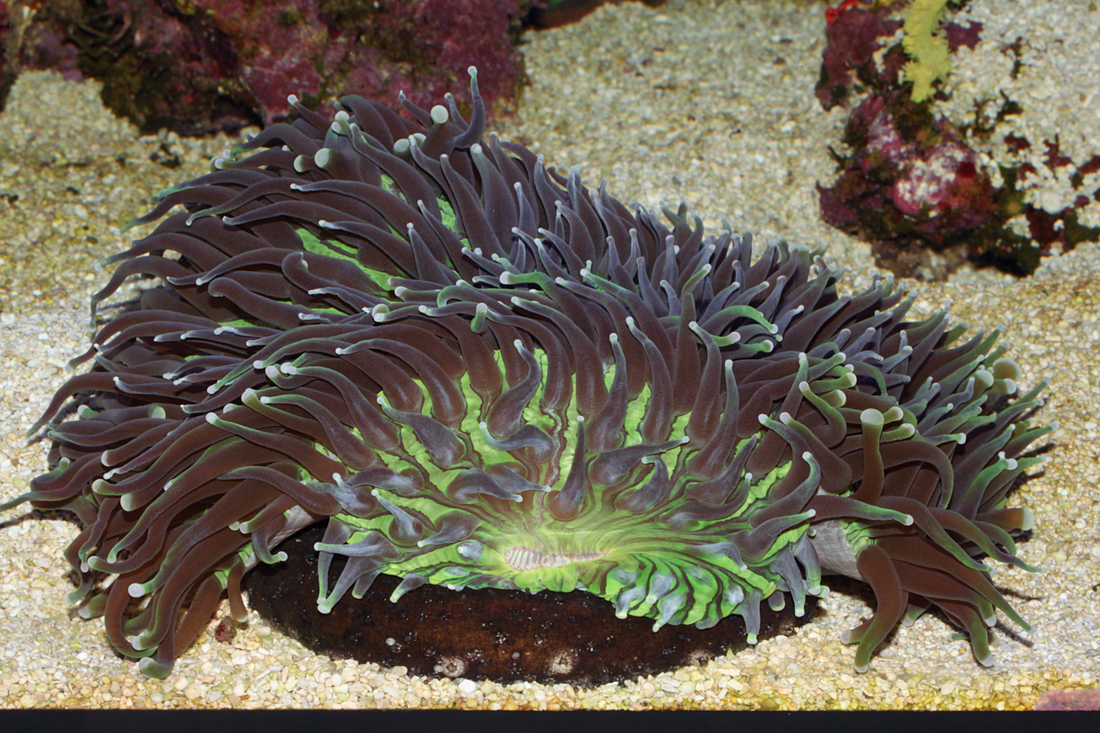
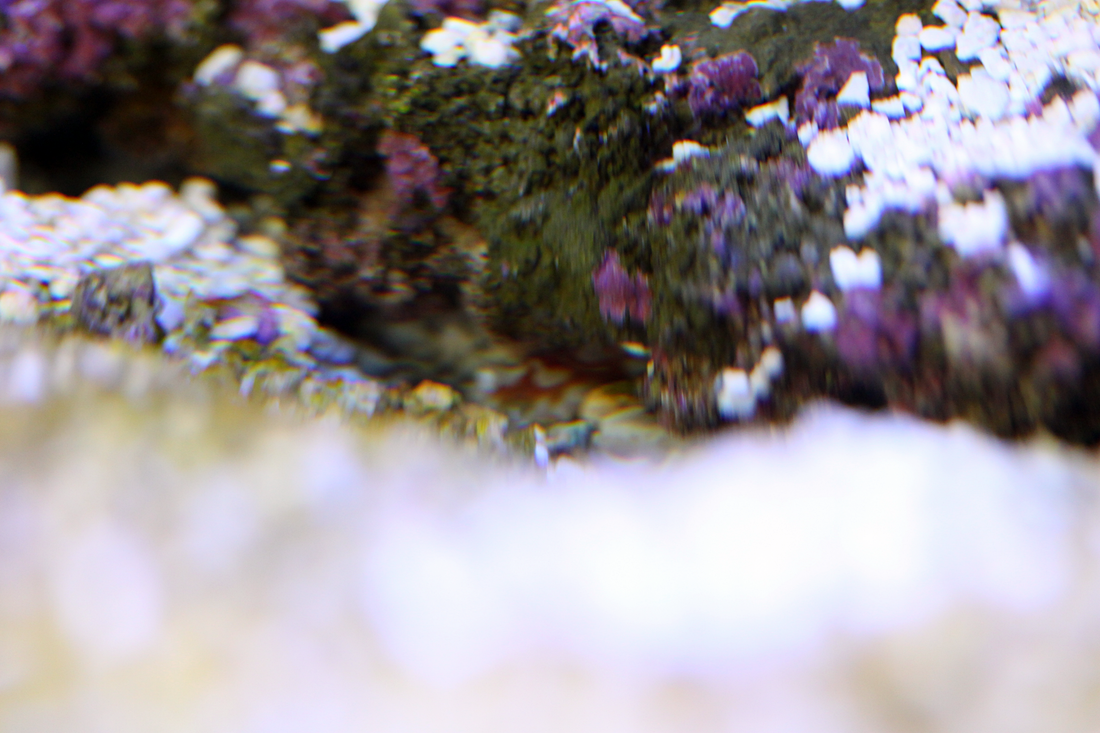
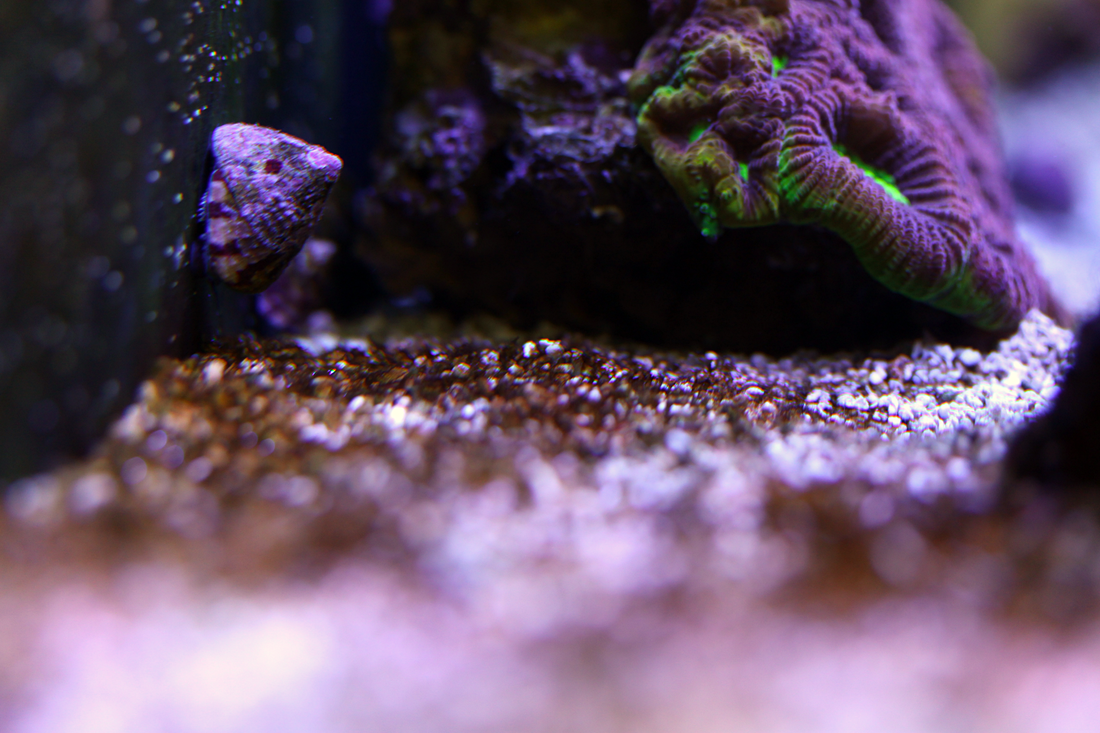
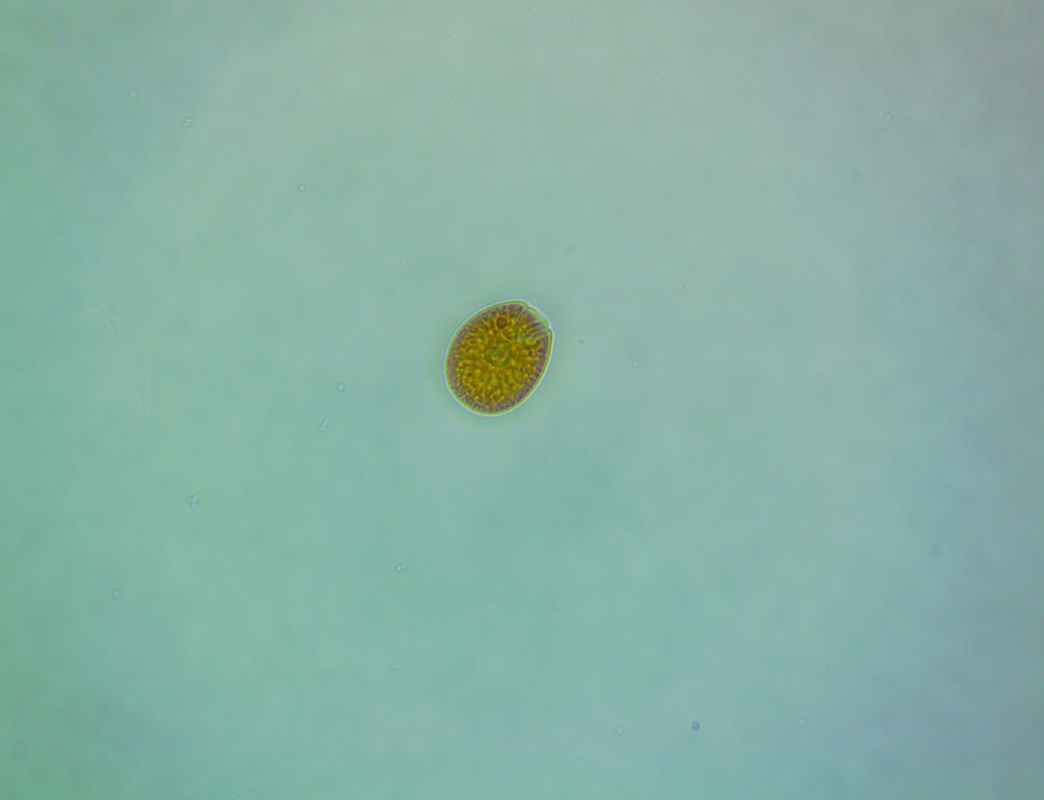
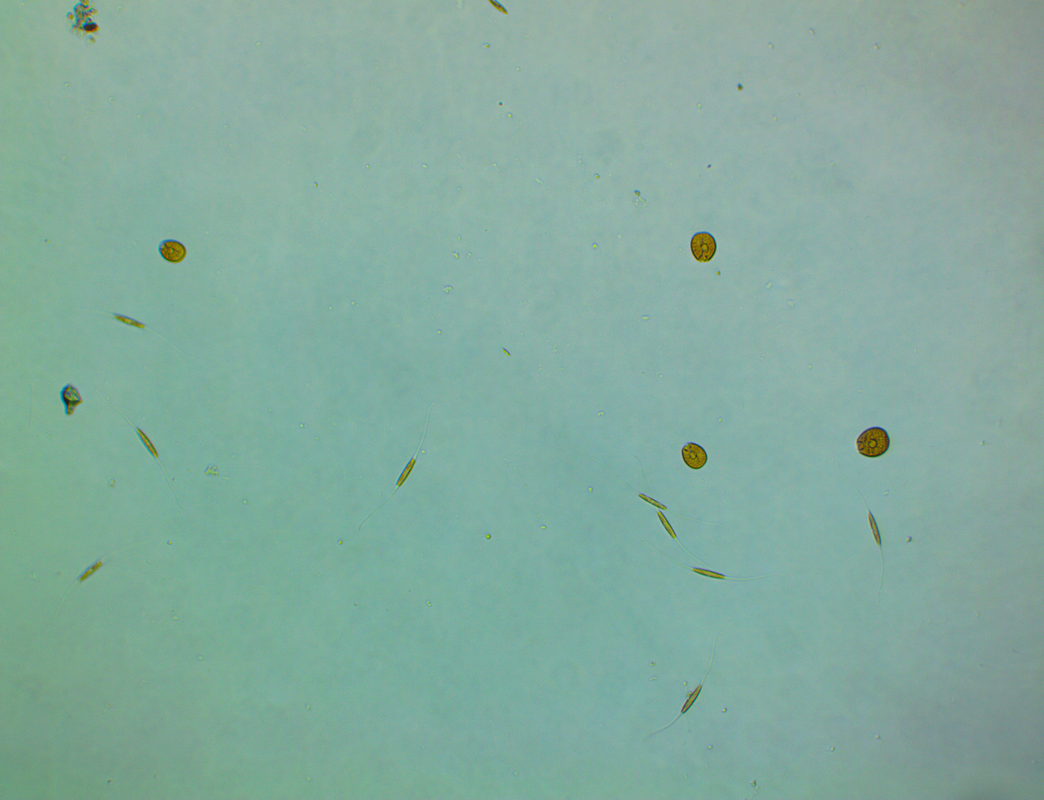
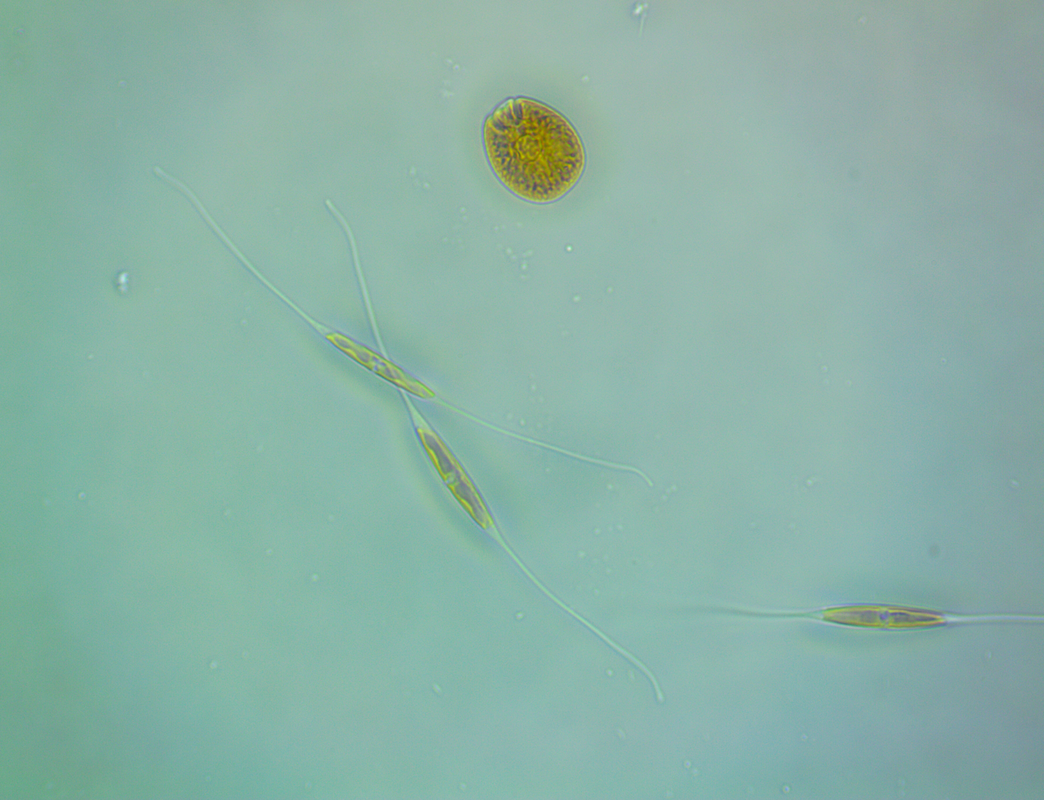
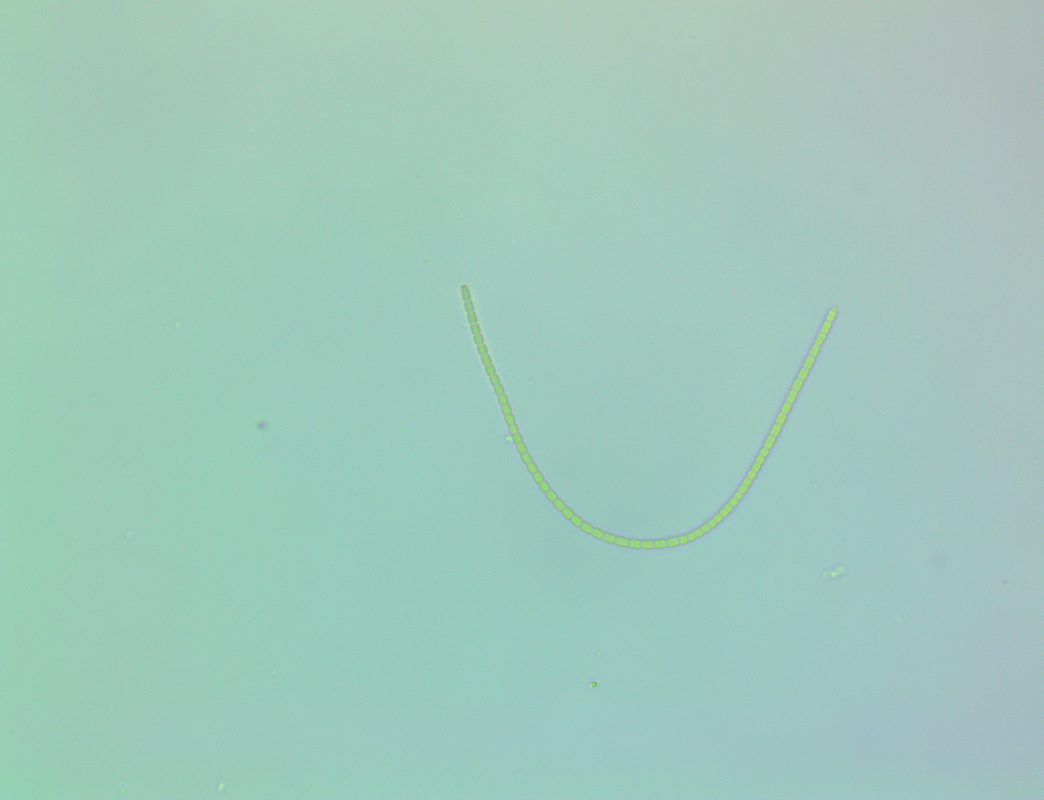
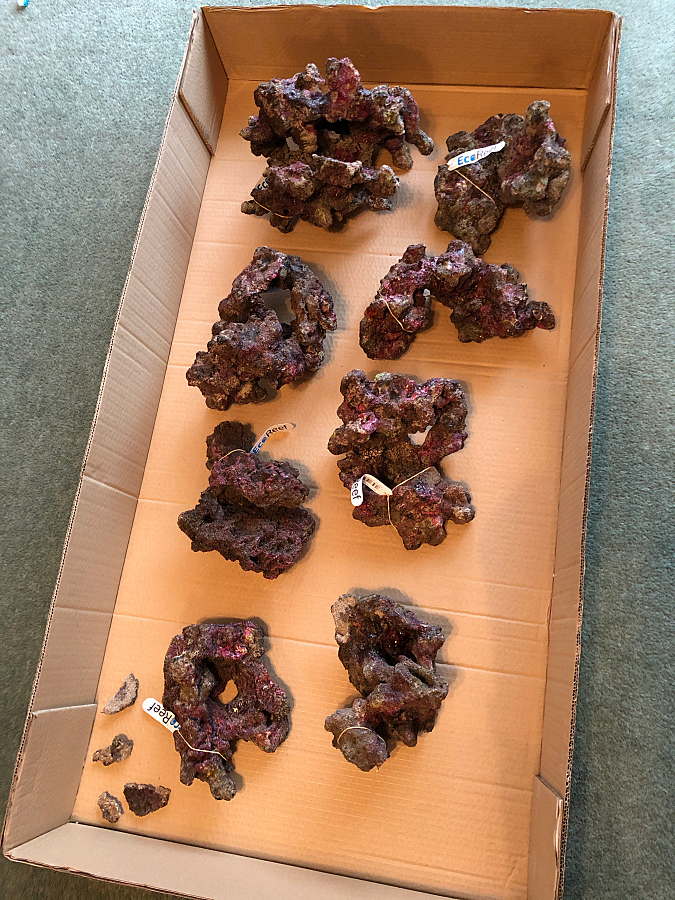
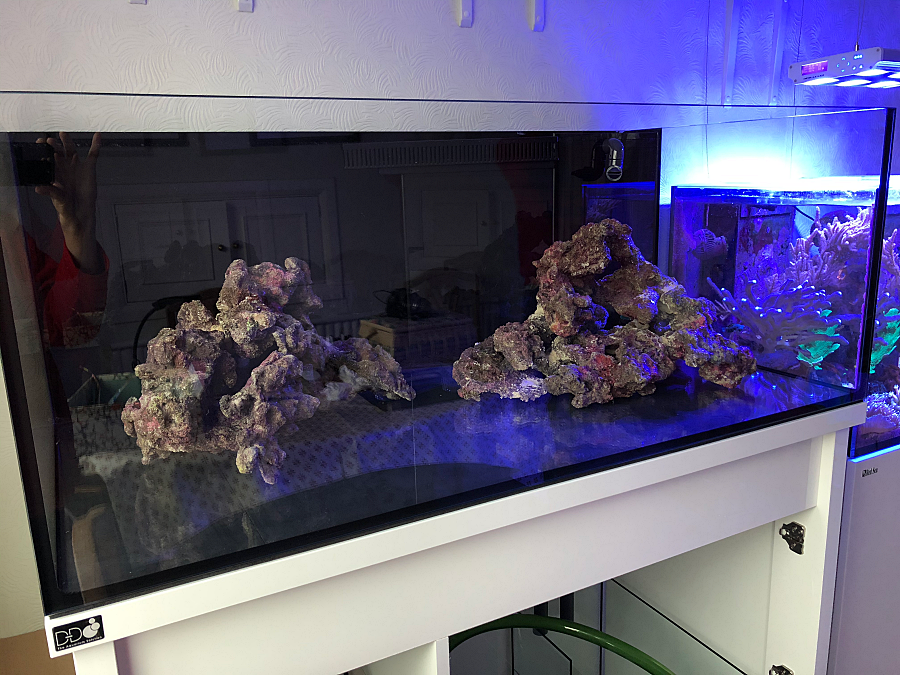
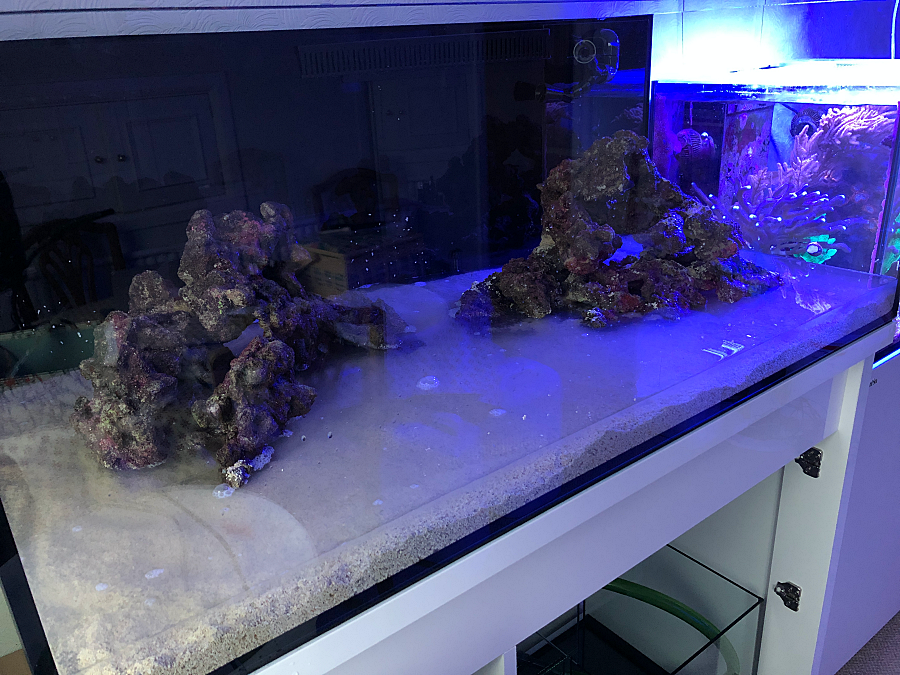
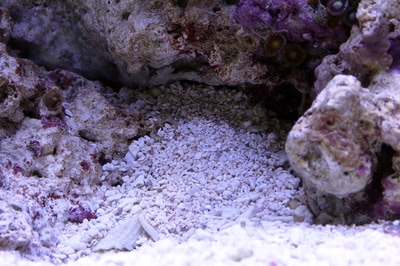
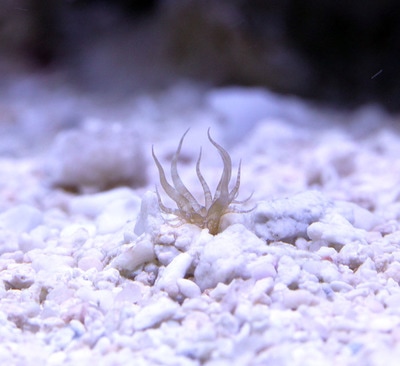
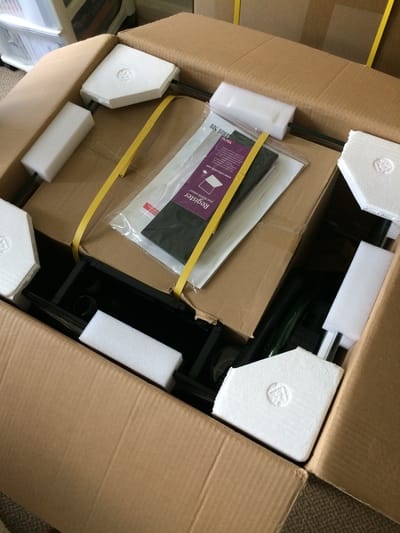
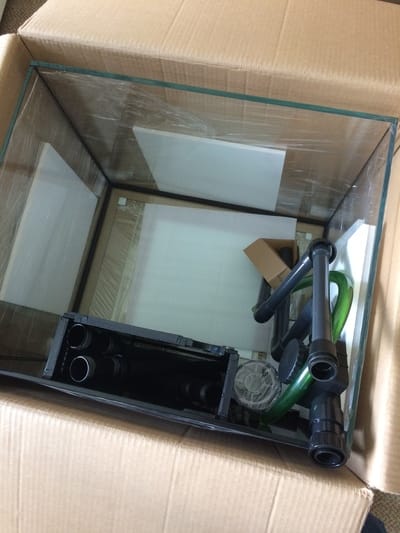
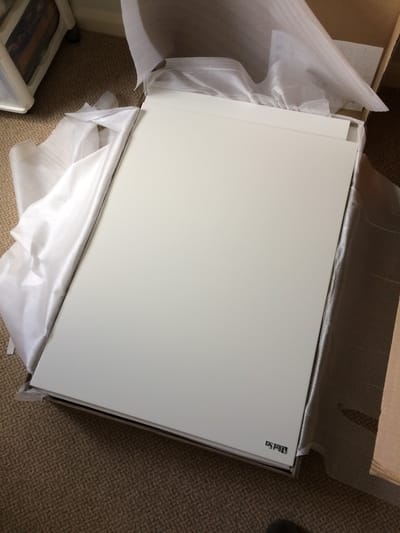
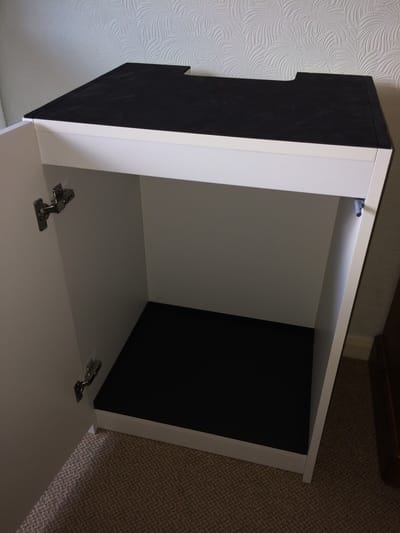
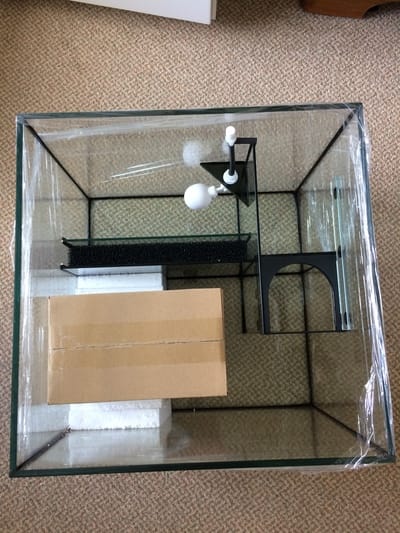

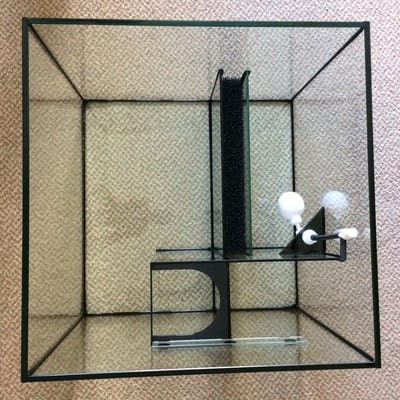
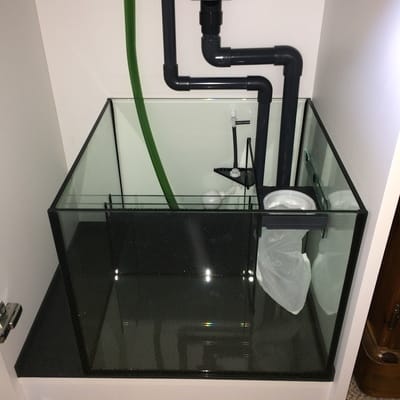
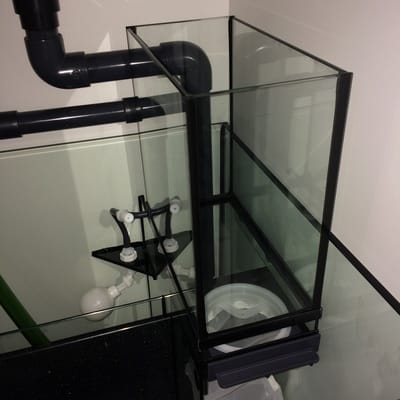
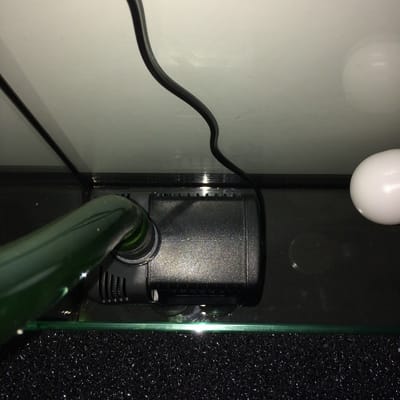
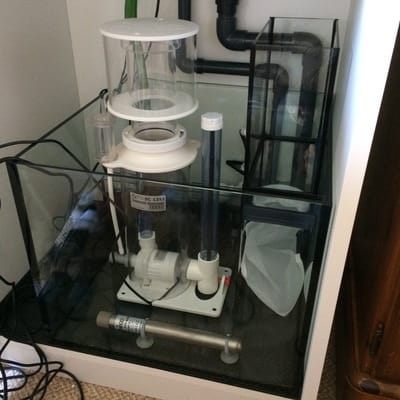
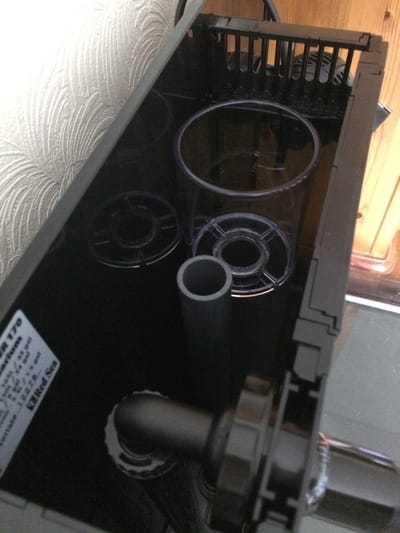
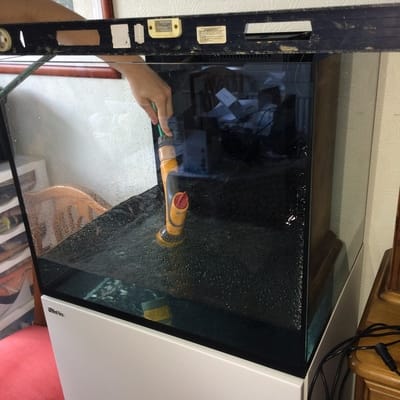
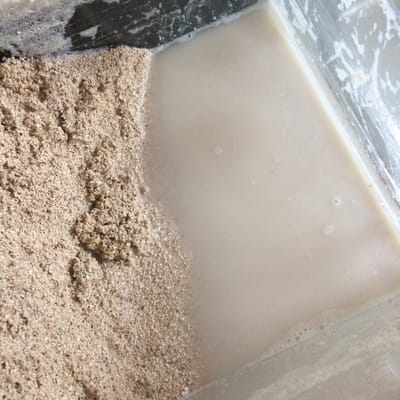
 RSS Feed
RSS Feed
